Nextiva and Vonage are popular VoIP service providers, each offering comprehensive features and competitive pricing.
Although both solutions are tailored to similar business needs, understanding their unique strengths helps you choose the one that fits your workflow.
Nextiva’s advanced feature set is ideal for larger companies but is also accessible to small businesses, while Vonage focuses more on early-stage startups.
Continue reading for a head-to-head comparison of Nextiva vs. Vonage’s features, pricing and plans, support, and usability to inform your choice.
Nextiva vs. Vonage VoIP Comparison
| Feature | Nextiva | Vonage |
|---|---|---|
| Monthly Price (up to 99 users) | Core plan is $30 per user | Premium plan is $17.49 per user and $3.50 per number |
| Customer Reviews (G2) | Rated 4.5 out of 5 3,147 reviews | Rated 4.3 out of 5 442 reviews |
| Video Conferencing | Unlimited for up to 250 participants per meeting | Unlimited for up to 200 participants per meeting |
| Ring Groups | Available on all plans | Not available on the Mobile or Premium plans |
| Monthly Toll-free Minutes and Numbers | Add-on | Add-on |
| Customer Support | Phone support and Live Chat (24/7) | Phone Support and Live Chat Mon – Fri 8 am – 12 am EDT; Sat & Sun 9 am – 9 pm EDT |
At a glance, Nextiva offers competitive pricing, higher participant limits in conferences, and inclusive features across plans compared to Vonage.
Vonage vs. Nextiva Pricing & Plans
Nextiva is a complete communications solution that’s affordable for businesses of all sizes. Every plan offers professional-grade communications features.
With Nextiva’s pricing starting at just $30 per user per month, Nextiva makes it easy to get the communication tools you need to stay connected and productive.
Vonage’s pricing starts at $10.49 per user monthly on its mobile app plan for businesses with 20-100 users. For plans beyond 99 users, you need to contact Vonage’s sales team.
Regarding features, Nextiva’s plans offer better value and capabilities than Vonage’s across the board.
Nextiva’s Essential plan includes one-to-one video calling, toll-free minutes and numbers, and faxing.
But for more robust functionality like text messaging (SMS & MMS), multi-location management, and CRM integrations, the Nextiva Engage plan, starting at $40 per user monthly, is what you’ll most likely want to compare against Vonage.

Whether you need unlimited calling, video conferencing, or voicemail to email, Nextiva has you covered.
Vonage’s Mobile plan, although cheaper than Nextiva, doesn’t offer advanced calling features.
Vonage’s Premium plan costs $17.49 for 20-99 users but lacks key features like multi-level auto-attendants, no-cost toll-free minutes, and free integrations that Nextiva offers.
Additionally, some of Vonage’s integrations are available through its paid VBC app center.
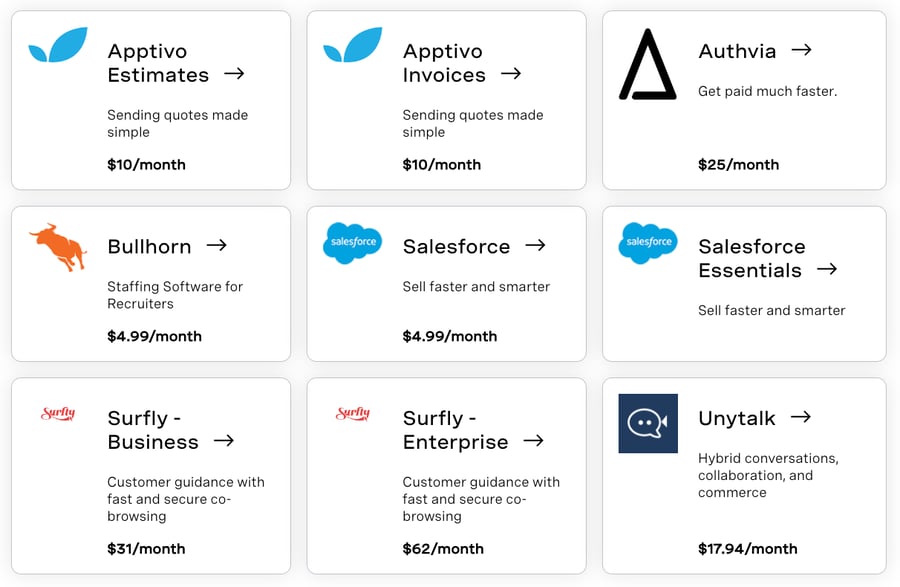
Nextiva and Vonage Products & Features Comparison
Both Nextiva and Vonage offer many VoIP features, including call forwarding, call transfer, voicemail, call routing, and call queues.
Here are some key differentiators between the two business phone providers.
Business text messaging (SMS & MMS)
Nextiva includes up to 100 text messages sent and received per user. This is more than most businesses need, but it is one of the features that business owners and their teams enjoy the most.
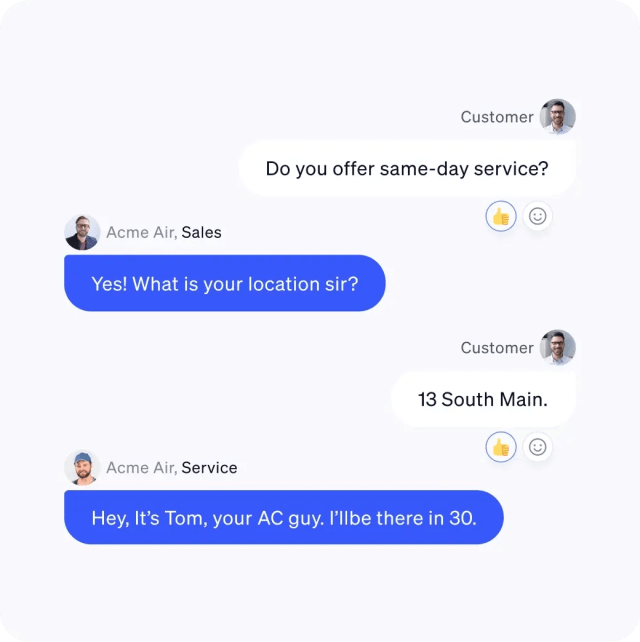
You can text customers for upcoming appointments, reminders, thank-you notes, and follow-up on completed orders and services. You can see right inside Nextiva when they reply, including pictures or multimedia messages.
But for even more time-saving functionality, you can route incoming text messages with your team. This way, when customers ping you back that they want to talk with a sales rep or account manager, your whole team is in the loop and can respond to the text message.

What about 10DLC? We’ve got that covered. Our network meets and exceeds all industry standards for reliable text message delivery. We’ll also guide you through registering your numbers.
Business phone features
Nextiva
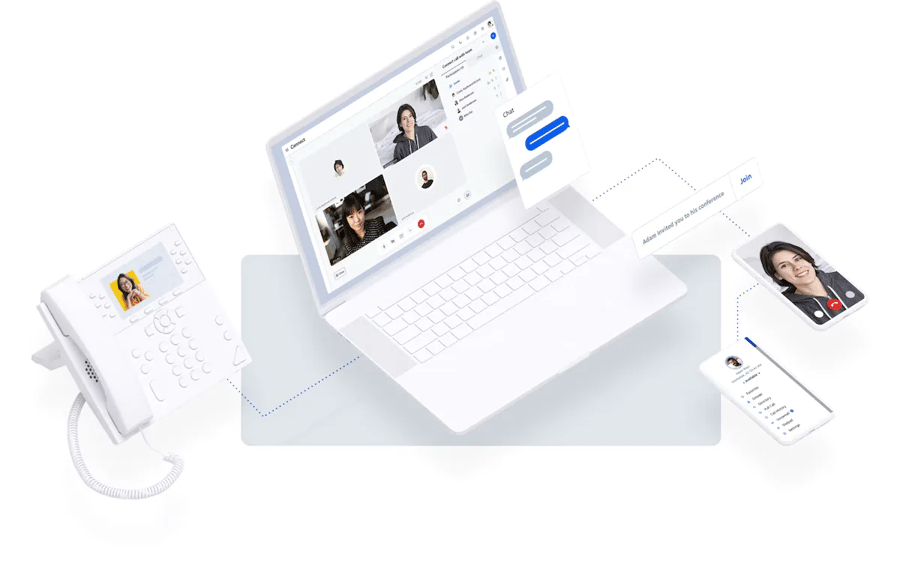
With Nextiva’s Core plan, which costs $30 per user per month, you get unlimited voice and video calling, voicemail, toll-free numbers, Outlook/Google Contacts integrations, and internet fax. It’s fantastic value for business owners starting out — but if you want more features, you’ll want to check out the Power Suite plan.
Nextiva’s Power Suite plan offers everything in the Core plan plus the following features:
- Unlimited participants on voice & video conferencing
- Screen sharing
- Auto attendant (multi-level)
- Mobile and desktop apps
- SMS/MMS Functionality
- Salesforce & HubSpot Integrations
- Cloud-based call recording
- Voicemail transcription
- Microsoft Teams/custom integrations
- Single Sign-On functionality
Upgrade your communications
Switch to Nextiva and experience the best communications platform.
Vonage
Vonage’s Premium plan offers unlimited team messaging, calls and SMS, mobile and desktop apps, and Vonage app center integrations but lacks unlimited video calling, voicemail transcription, toll-free numbers, and Outlook/Google Contacts integrations.
The company’s Advanced plan bridges the gap with multi-level auto-attendant and CRM integrations (Google Workspace, HubSpot, Zendesk, etc.). It also includes IP desk phone capability, call group, visual voicemail, toll-free numbers, and everything in the Premium plan.
It still lacks essential features like limited meeting participants of up to 100 participants and call recording, which is available on demand and only valid for up to 15 hours.
Regarding VoIP capabilities, Nextiva outperforms in terms of functionality, flexibility, and value. The Essential plan offers key features at an affordable price, while the Enterprise plan caters to companies looking for advanced communication and collaboration tools.
Read our guide for a deeper pricing comparison to understand Vonage business pricing plans better.
Unified communications
Unified Communications as a Service (UCaaS) combines the capabilities of an office phone system and other real-time messaging apps in one place.
NextivaONE consolidates all business communication functions into a single platform. It works perfectly on desktop (Windows and MacOS) and mobile devices (iOS and Android).
The app ensures a seamless and consistent user experience. Users can easily access instant messaging, file sharing, video conferencing, and collaboration tools from a central location.

Vonage also offers some unified communications features, including team messaging and file sharing, but lacks advanced tools and some CRM integrations.
Contact center capabilities
Nextiva’s sales and service tools cater to companies with high-volume call centers and contact centers. These tools include call recording, call analytics, and integrations with popular customer relationship management (CRM) systems.

Vonage lacks pricing transparency, where users must request a quote. Nextiva, on the other hand, has public pricing shown on its contact center solutions page.
Vonage’s contact center platform offers comparable functionality but isn’t as advanced as Nextiva’s sales and service tools.

Nextiva vs. Vonage Analytics
Nextiva and Vonage reports provide call recordings to improve the analysis of call statistics and enable you to gain deeper insights into customer interactions.
The Vonage Summary report offers a comprehensive snapshot of account-wide call activity. You can also track, measure, and correlate activity with detailed reporting.
However, reports can only be accessible to the Reports Administrators, Super User, Call Queue Reporting Administrators, Account Administrators, and Call Queue Administrators.

On the other hand, Nextiva features a built-in business intelligence tool that helps you make smart business decisions, find hidden insights, and boost staff performance.
Nextiva platform, in particular, has a voice analytics tool that provides a real-time synopsis of all actions in your contact center. You can also see the voice analytics data that you need with Nextiva’s interactive maps and graphs.
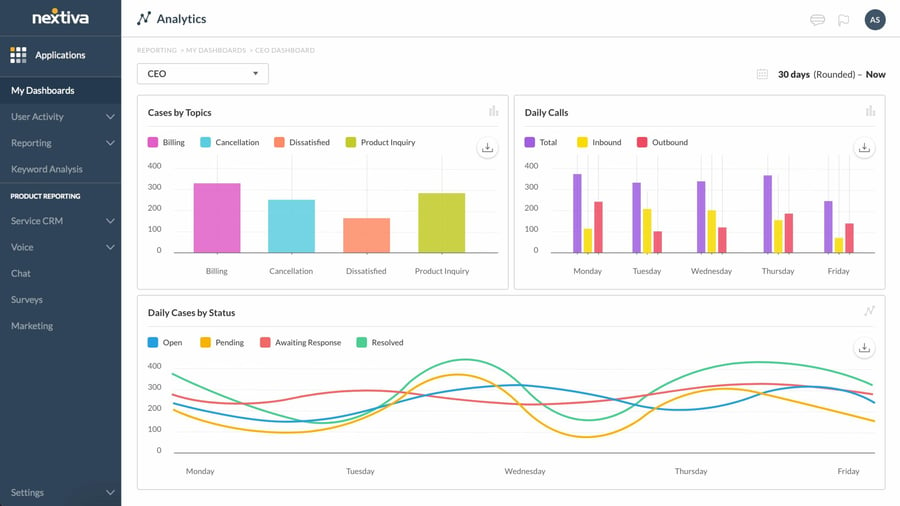
Vonage vs. Nextiva Screen Pops
Call Pops are built into the Nextiva communications platform, making them easy to use. The feature displays important information about the caller on the screen before you answer the call and during your conversation.
When a customer calls, Call Pop displays contact and essential account information, such as the customer experience score, last survey score, account value, and last interaction sentiment.
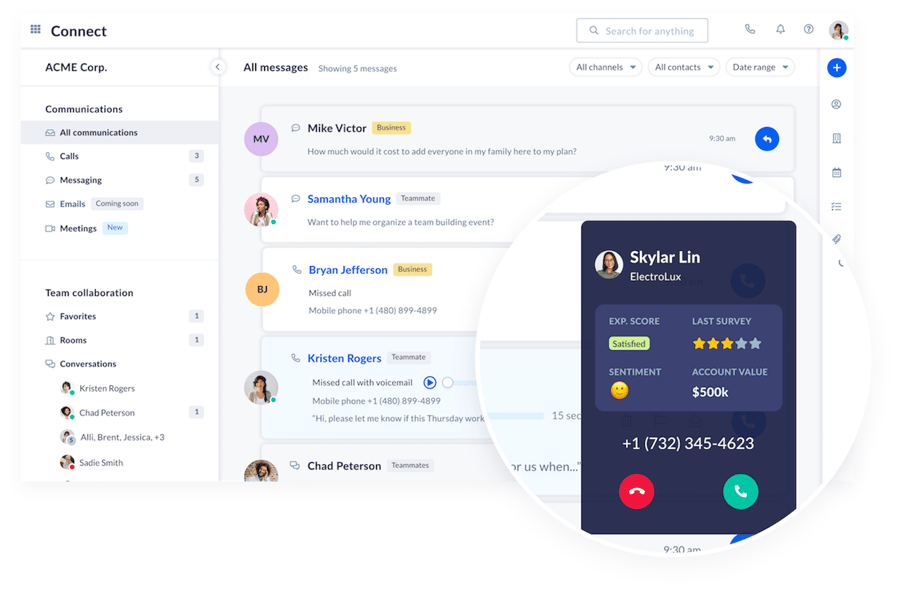
Businesses can customize the Call Pop to contain the most relevant information. Nextiva Call Pops can also be integrated into CRM systems, making customer data readily accessible for an integrated customer experience.
Vonage screen pops are not integrated into the platform and require outside integration with Zoho CRM. This can be a disadvantage for companies that don’t use Zoho CRM or want a more integrated solution. Additionally, Vonage’s screen pops are not as customizable as Nextiva’s Call Pops.
The screen pops are still easy to use and work well for basic call management, including outgoing and incoming call reporting and call history. You can also add contacts, notes, and future tasks directly in Zoho CRM, even while on the phone.
Nextiva and Vonage Performance Comparison
Nextiva’s network is one of the most reliable in the world, with eight points of presence and carrier-grade data centers.
The company is committed to providing 99.999% uptime so you can always stay connected with your customers. It’s also highly secure, with multiple layers of protection to keep your data safe.
Nextiva’s network performance is consistently praised by its customers, who appreciate its uptime and speed. The company has a proven track record of providing businesses the reliability they need to stay connected and productive.

“We can’t operate without a sturdy, high-functioning phone system. Nextiva has been tremendously reliable, and I definitely see us growing with Nextiva. I think Nextiva really gives us the flexibility we need to grow, and it’s a very important part of our business.”
Cara Barineau
On the other hand, Vonage also claims to have a 99.999% uptime guarantee on all of its services. This is significant because the breadth of its uptime reliability adds value to its customers as it expands its communications offerings.
Vonage vs. Nextiva Customer Support
Nextiva is known for its legendary customer support. A team of experts is always available to help with questions and concerns.
The company offers numerous options for customer support, including online ticketing support, online chat service, and quality response, starting from the base package.
They also provide email and phone support Monday through Friday between 5 a.m. and 6 p.m. MST and Saturday between 6 a.m. and 6 p.m. MST.
Overall, Nextiva is rated 9 out of 10 (2,494 responses) vs. Vonage 8.7 (343 responses) for its Quality of Support on G2.

Vonage also provides its users with phone, email, live support, tickets, and training. They offer Phone Support and Live Chat between (Mon – Fri, 8 a.m. – 12 a.m. EDT; Sat & Sun, 9 a.m. – 9 p.m. EDT).
However, some Vonage customers have reported experiencing long wait times and difficulty resolving their problems.
One Ron C. cited issues with making changes to the service, like porting a number away from Vonage and canceling an account. Also, there are mentions of slow service when customers waited several hours for a support call back.
Nextiva and Vonage Setup and Usability
Nextiva’s platform is designed for ease of use and intuitive navigation. In just a few clicks, users can quickly set up accounts, manage users and devices, and configure communication settings.
The platform is also well-documented, with a comprehensive help center and various training resources.

Vonage’s platform is also relatively easy to use. It provides a comprehensive introduction and setup resource to help new users get up and running quickly with their service.
Its simplistic design makes it easy to locate the functionality you need at a glance.
Which VoIP Provider Is Right for You?
Vonage makes sense for your business if:
Your business has 10 to 50 people who work mostly in a traditional office environment rather than remotely.
Vonage is also a good option for companies that already utilize many communication platforms or CRM systems and are looking to integrate those systems into their Vonage package.
Nextiva is best for your business if:
You want to get the most value for your money, prefer native functionality above third-party compatibility, and want to expand rapidly in the near future.
Nextiva’s platform is suitable for businesses that rely significantly on voice, video, and text communications.
Nextiva is also best suited for companies that don’t have a business communication system and want a full system or teams that find utilizing several software solutions too difficult and time-consuming and want to switch to an all-in-one solution.
Related: RingCentral vs. Nextiva: Which VoIP Provider Is Best?
The best choice in business VoIP
Boost productivity and cut costs by up to 60% with Nextiva.
So, which business VoIP should you choose?
Vonage’s strength lies in its communication APIs and residential service offerings. The API allows businesses to integrate their VoIP phone system with other business applications.
Nextiva works best for small businesses and enterprises due to its ease of use and affordable pricing. Nextiva wins when it comes to transparent pricing, plans, and basic features, such as one-to-one video calling, toll-free minutes & numbers, and faxing.
Ready to give Nextiva a try? Speak to a Nextiva expert.

















 VoIP
VoIP 











